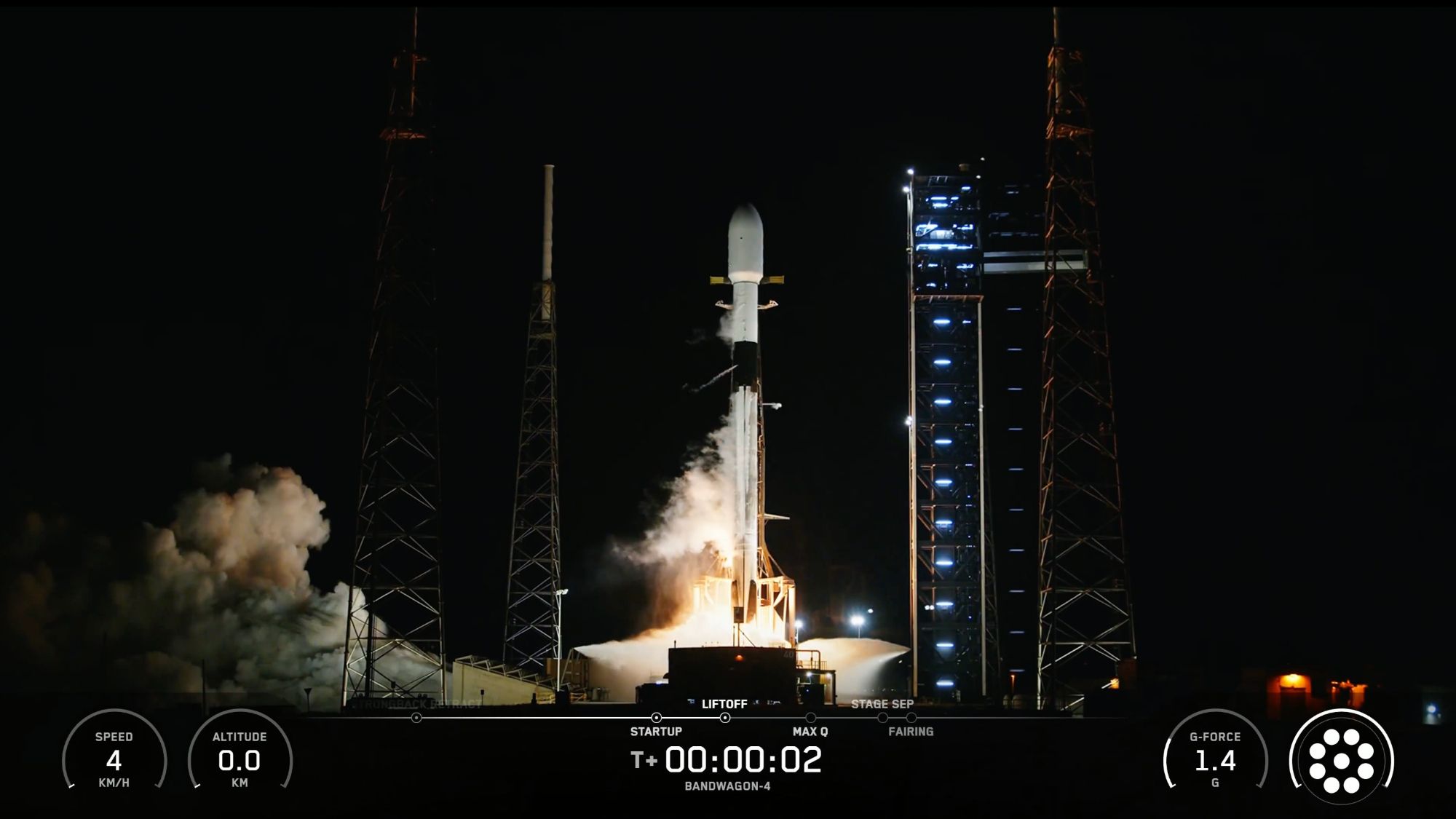As artificial intelligence fuels surging demand for computing power, Elon Musk has hinted that SpaceX may use its Starlink V3 satellites to develop space-based data centers.
Musk’s remarks come as companies explore how orbital infrastructure could solve the Earth-bound energy and cooling challenges that come with hyperscale AI computing.
SpaceX could lead the race to orbit-based computing
After Ars Technica published a report on autonomous space construction, Musk replied on X: “Simply scaling up Starlink V3 satellites, which have high speed laser links would work. SpaceX will be doing this.”
SpaceX’s Starlink V3 platform is capable of up to 1 terabit per second (Tbps) throughput, so it could potentially form the foundation for orbital computing clusters powered by solar energy.
Proponents have noted that such data centers could eliminate the massive land, water, and power footprints of traditional facilities on Earth. Critics, however, have question the economics and complexity of maintaining large-scale data systems in orbit.
Elon Musk, for his part, recently reiterated on X that this particular idea is a very big deal.
SpaceX’s track record is substantial
Despite the reservations for such a radical idea, SpaceX’s track record is pretty much bulletproof at this point. The company’s Starlink network, once deemed as unrealistic by critics, now delivers broadband to millions worldwide while turning a profit. Its Falcon 9 rockets, which are capable of landing on land or on a drone in the middle of the ocean, are also among the world’s most reliable.
With this track record in mind, it would seem that Elon Musk’s idea of using Starlink satellites as the building blocks for a space-based data center might not be too farfetched at all.
Interest in space-based data storage and processing has intensified in recent months, Ars noted. Former Google CEO Eric Schmidt reportedly acquired Relativity Space with an eye on orbital data infrastructure, while Jeff Bezos recently predicted gigawatt-scale data centers will operate in space within two decades.
